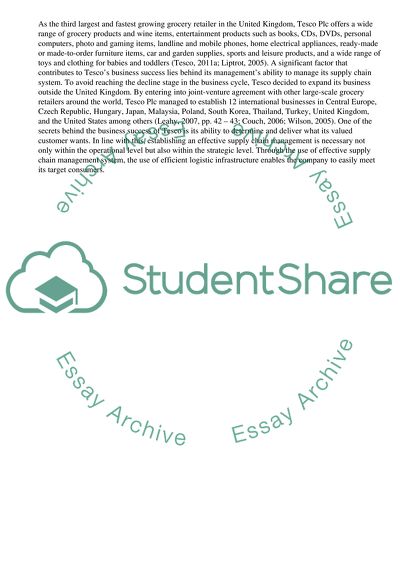Cite this document
(Retail Buying and Merchandising Management: Tesco Plc Term Paper - 2, n.d.)
Retail Buying and Merchandising Management: Tesco Plc Term Paper - 2. Retrieved from https://studentshare.org/management/1748078-retail-management
Retail Buying and Merchandising Management: Tesco Plc Term Paper - 2. Retrieved from https://studentshare.org/management/1748078-retail-management
(Retail Buying and Merchandising Management: Tesco Plc Term Paper - 2)
Retail Buying and Merchandising Management: Tesco Plc Term Paper - 2. https://studentshare.org/management/1748078-retail-management.
Retail Buying and Merchandising Management: Tesco Plc Term Paper - 2. https://studentshare.org/management/1748078-retail-management.
“Retail Buying and Merchandising Management: Tesco Plc Term Paper - 2”, n.d. https://studentshare.org/management/1748078-retail-management.


